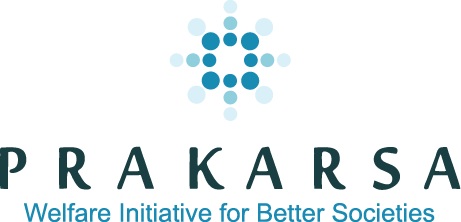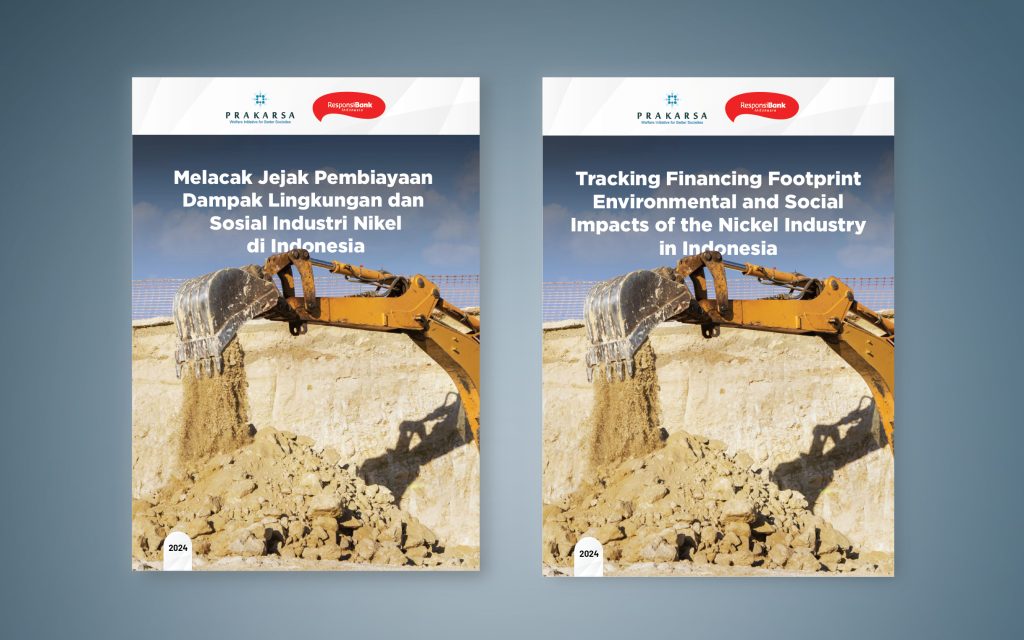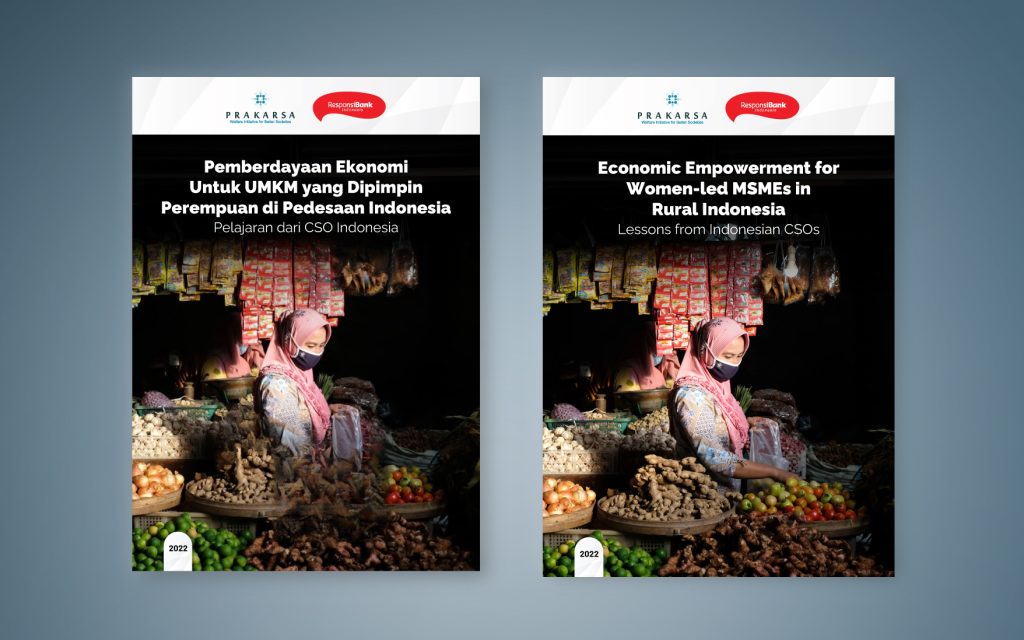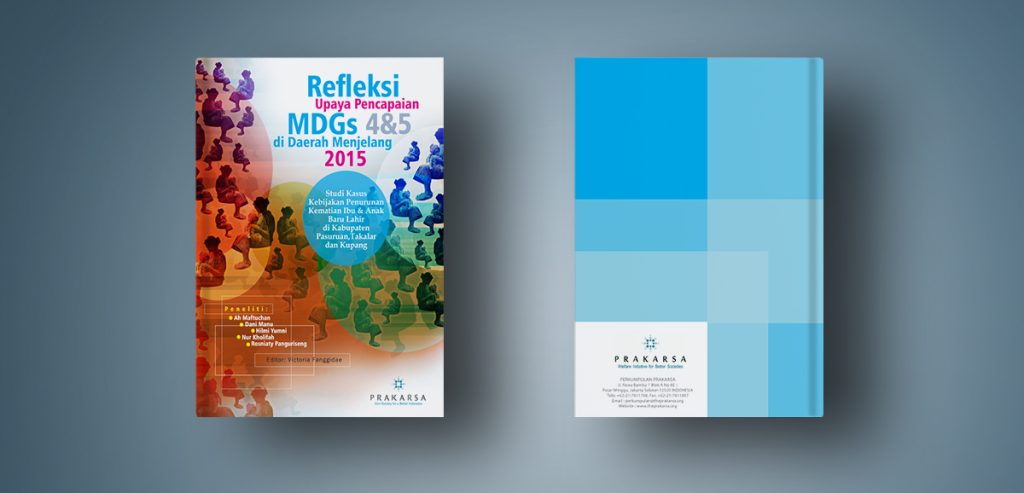
The Maternal, Infant and Toddler Mortality Rate in Indonesia is still quite high and is one of the main health problems. According to the 2015 Millennium Development Goals, Indonesia's target for reducing the Maternal Mortality Rate (MMR) is 102 per 100.000 live births, the Infant Mortality Rate (IMR) 23 per 100.000 live births and the Toddler Mortality Rate (AKABA) 32 per 100.000 live births. life. The latest information from the Indonesian Demographic Health Survey (IDHS) in 2007 shows that the MMR is still 228 per 100.000 live births, the IMR is 34 per 100.000 live births and the AKABA is 44 per 100.000 live births. The Infant Mortality Rate (IMR) and AKABA in the last 5 years have shown a downward trend, however, the MMR trend is not expected to reach the MDGs target.
Decentralization of the health sector in Indonesia has both good and bad impacts on health development, especially in the program to reduce MMR, IMR and AKABA. Decentralization allows provinces and districts/cities to make health development programs that are specific and in line with local needs. But decentralization also allows local governments to carry out health development programs that are not in accordance with national health development policies, so that the achievement of national health outcomes is uneven and even worse in some areas than when the government system was still centralized.
Several districts in Indonesia already have regional regulations that specifically regulate the reduction of MMR, IMR and AKABA, including Pasuruan Regency in East Java, Takalar Regency in South Sulawesi and Kupang Regency in East Nusa Tenggara (NTT). Pasuruan District issued a Regional Regulation (Perda), a Regent Regulation (Perbup) and a Village Regulation (Perdes) regarding KIBBLA (Maternal and Newborn Health) in 2008, and succeeded in reducing various indicators of maternal and child health and even won the MDGs Award. in 2012 from the Office of the Special Envoy of the President of the Republic of Indonesia for the MDGs. Meanwhile, Takalar District seeks to reduce Maternal and Infant Mortality Rates by issuing Regional Regulation No. 2 of 2010 concerning Midwives and Dukun Partnerships and has reached zero maternal mortality rates so that it has become a pilot area for other regions. Meanwhile, Kupang Regency, following the 2009 MCH Revolution program from the NTT provincial government, has also issued Perbup No. 16 of 2010 concerning the Acceleration of Health Services for Mothers and Children, but it is still far from the targeted reduction target.
Efforts to reduce the Maternal, Infant and Toddler Mortality Rates in these districts demonstrate the existence of regional policy innovations in the health sector. In each of the policies issued, of course there are those that are successful, but there are also those that are less successful and have to face serious challenges in improving the health outcomes of the population in the region. Therefore, this study was conducted to study in greater depth how local policies on reducing maternal and child mortality in Pasuruan, Takalar and Kupang districts were implemented. What drives this success and what are the obstacles and challenges faced in implementing the policy? We consider this study important in order to produce lessons learned which can later become a reference for other regions in Indonesia which are also trying to accelerate the achievement of the MDGs targets in 2015.
This research was made possible thanks to the support from EED (Evangelischer Entwicklungs Dienst) Germany and the hard work of the research team to make it possible. Finally, happy reading, I hope the results of this research are useful and become a reference for other regions or at the national level who are also trying to accelerate the achievement of the MDGs targets in 2015.
